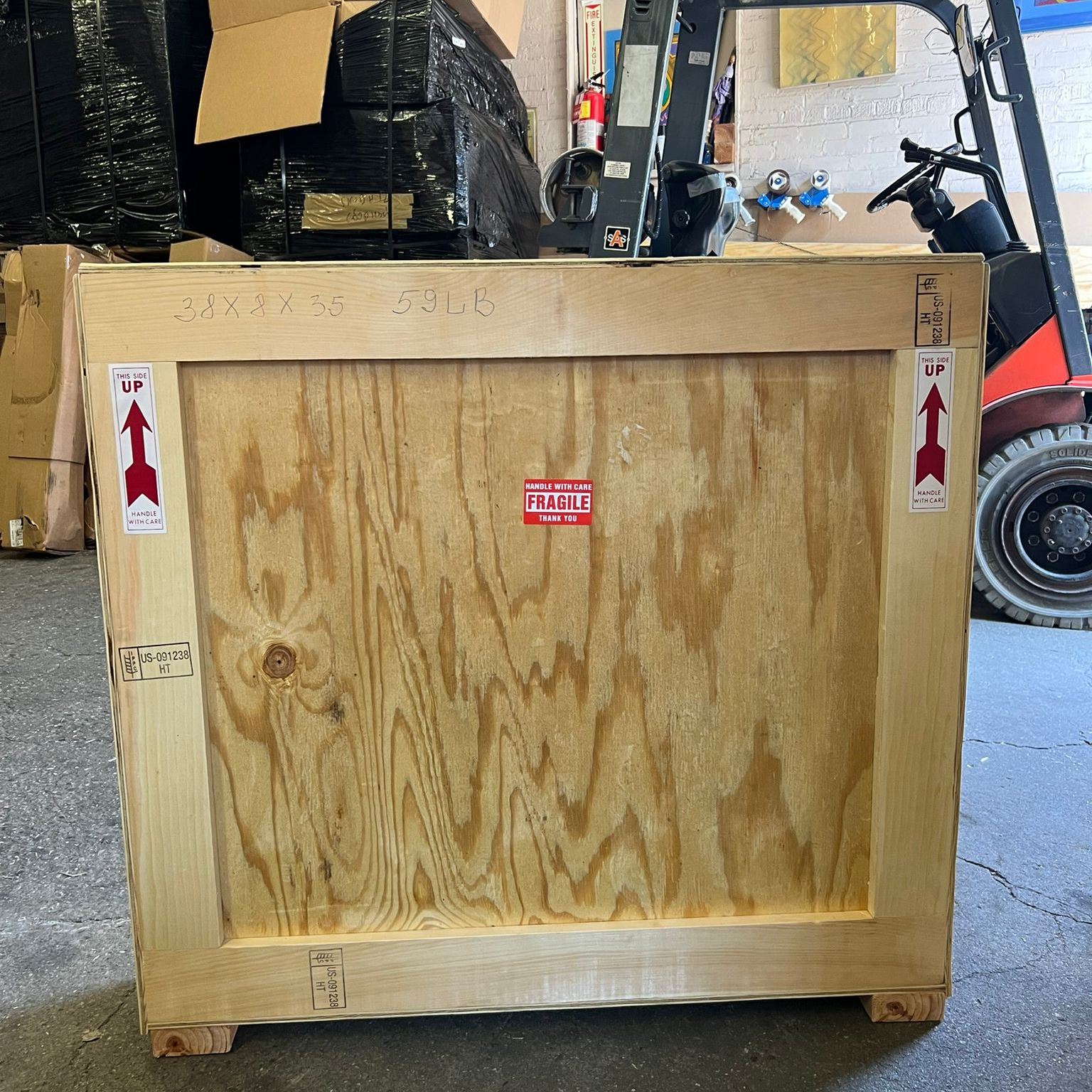
Today, there are many affordable and reliable ways to ensure the safety of your artwork during transportation and storage. There are packaging options for any kind of artwork, from tiny miniature figurines to large-scale installations. In the world of art logistics, art crates are often considered the most secure packaging option for fragile items. But not many know that when building crates for artwork transportation, an art handler may face a number of complex issues.
Building Crates for Artwork: What Are the Main Challenges?
Choosing the right materials
Choosing proper materials for crate construction is half the success. To build an art crate, you must use durable and highest-quality materials only. Artwork crates are usually made from plywood and certified wood boards that are combined to create a sturdy shell. In addition, most crates have an inside cushioning layer, which is often as important as the one on the outside. The pieces also need to be properly protected with soft packing and bubble wrap before going inside the crate for further insulation.
Measurements
Being able to take the correct measurements is a craft that is crucial to building worthwhile crates for artwork transportation. Art handlers have to make crates larger than the item to leave enough space for the cushioning materials. However, if an art crate is too large, the work of art can get damaged from moving around inside it. Unevenly built art crates are dangerous, so if an art handler makes a mistake, they will need to start all over, which means wasting materials and time.
Choosing the right structure
There are different kinds of art crates used by art handlers, with the most popular being standard, museum, and economy. Do not be fooled by their names: all of these crates are secure and can be used to transport fragile artworks. However, they serve different purposes. The standard crates are sturdy enough to ship artwork both across the country and across the world. The economy, or one-way crates, are usually used for local deliveries. Finally, the museum crates offer more protection and are used by art institutions to ship extremely valuable and scarce works of art and antiques. An art handler has to be well-versed in different kinds of art crate constructions to choose the right solution for a specific situation.
Because making an art shipping crate requires a lot of experience, this task should only be performed by professional art handlers. If you need this service, contact Fine Art Shippers for help.
